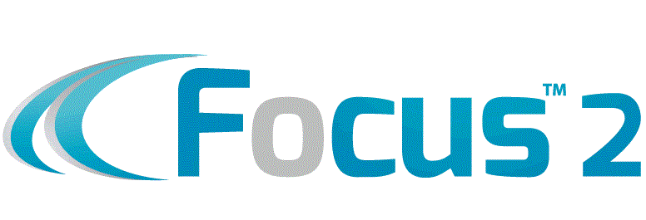The New Student Aid Index, what, where, why

NEW FAFSA CHANGES ARE COMING FOR THE SCHOOL YEAR 2023-2024
The Free Application for Federal Student Aid (FAFSA) will undergo significant revisions soon, and college financial advisors and their families need to be aware of these changes. Congress passed these new laws in their 2021 pandemic relief appropriations bill, which will begin in the 2023-2024 (for current high school sophomores) school year. The intent is to improve the student’s financial aid predictability in the future.
Here’s a summary of these FAFSA changes:
FAFSA SIMPLIFICATION
The biggest change is the simplification of the FAFSA application form. The current 2021-2022 FAFSA form has 106 questions. Under the new laws, the FAFSA will be reduced to 36 questions.
The Department of Education intends to simplify the financial aid application by correlating it with the IRS’s income tax regulations. The FAFSA income questions will be transferred directly from the family’s tax returns to make it easier to complete the FAFSA. Many families already use the federal Data Retrieval Tool (DRT) when they file the current online FAFSA.
The FAFSA simplification Act of 2021 can be found here on page 1,956
https://www.congress.gov/116/bills/hr133/BILLS-116hr133enr.pdf
ELIMINATION OF THE EXPECTED FAMILY CONTRIBUTION (EFC)
The new FAFSA rules will also eliminate the phrase Expected Family Contribution (EFC) from the financial aid application. The EFC determines how much money a family can expect to pay for one year of college. The new law will replace the EFC with a new term – Student Aid Index (SAI).
The Student Aid Index (SAI) will become an "eligibility index" for distributing financial aid, not the dollar amount a family can pay for college expenses (EFC).
The SAI would determine the student eligibility for all Title IV student aid, EXCEPT the maximum and minimum Pell Grant awards. Pell Grants will now be based instead on the number of parents in the student household and the family income as a percentage of the federal poverty level for the student's household size. This Pell Grant change will create a look-up table that families can use to anticipate future Pell Grant eligibility far in advance of applying to college.
MULTIPLE CHILDREN IN COLLEGE
The new SAI formula will no longer give households with multiple children in college a significant break on their financial aid eligibility. Currently, parents who have more than one child in college at the same time have their EFC cut by almost 50% for each child. The new formula eliminates this calculation.
INCOME PROTECTION ALLOWANCE
The SAI formula also removes the state and other tax income exclusion and increases the parental income protection allowance (IPA). The IPA now includes only the number of members in the family household. However, it will increase by about 20%. The student income protection allowance, which is $6,970 in 2021-2022, will be about 30% higher in 2023-2024. This change reduces the SAI significantly for dependent students.
ASSETS
The income threshold for determining whether an applicant is exempt from reporting assets (the simplified financial aid formula) will increase $10,000 from $49,999 to $59,999. The SAI formula also eliminates the family farm and small business asset exclusions. This new ruling means that families would have to report the net value of any business or farm they own if they did not qualify for the $59,999 simplified formula that excludes assets from consideration.
DIVORCED AND SEPARATED FAMILIES
Currently, the divorced/separated parent that the student lives with more than 50% of the school year is the parent that files the FAFSA application form. If the FAFSA is filed on Oct. 1, 2022, for the 2023-2024 school year, you’d look back and see who the child lived with in the year 2021. A typical financial aid strategy would be for the student to live with the parent who makes the least amount of income during 2021. However, under the new FAFSA rules, the parent who claims the child on the tax return (provides the most financial support to the child) will complete the FAFSA.
Also, child support received would be moved from untaxed income and added to parental assets.
GRANDPARENT GIVING
The FAFSA overhaul will make it easy for grandparents or others outside of the immediate family to pay for college costs without jeopardizing the family’s financial aid. This FAFSA change will ignore whether grandparents or others have given money to a child to pay for college costs. The FAFSA will no longer ask this question.
When grandparents, aunts and uncles, friends, or others outside the immediate family help with college costs, the money is currently treated as the child’s untaxed income, which is assessed at up to 50% by the EFC formula. In other words, distributions from a grandparent-owned 529 will no longer count as income for the child (current FAFSA question 44i).
CONCLUSION ABOUT THE FAFSA
The FAFSA and CSS Profile are very complex financial aid applications, and parents across the country continue to pay for college without understanding these complicated aid forms. Helping your clients understand these new, upcoming FAFSA changes will help them avoid costly mistakes and put the student in the right college for the lowest possible cost.
Give us a call 1-888-237-2087 x2, servicing families in Arizona and across the United States and around the world.





